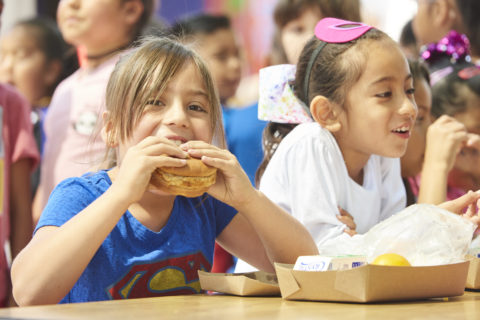
When you send your kids off to school, there is a lot of trust that you instill in the teachers and school administration. You trust them to teach your kids what they need to know at each grade level, to provide a safe environment, and to make sure they are getting the food and subsequently, the nutrition they need to help them through the day, if you are not providing lunch yourself. I know when my kids come home from school, one of my first questions is always— “what did you have for lunch?” I’m constantly trying to ensure that my kids make healthy choices when I am not around.
Studies show that nutritious foods aren’t just good for your child’s health, they also improve academic outcomes. Students who are properly nourished perform better on exams and without hunger as a distraction, achieve greater academic success overall. They also have less absences from school, and are more likely to eat healthier as adults.
The Obama administration made numerous changes to school lunch guidelines, which included things like requiring cafeterias to serve whole-grain rich meals, limiting the amount of salt (to about half as what it was previously) and restricting sugary milk drinks. These new requirements seemed to be having a positive effect in schools, but unfortunately, the Trump administration has recently rolled back the school nutrition standards, prioritizing cheaper options over healthy ones.
One company that is working to combat these recent rollbacks is Revolution Foods, a provider of freshly prepared school meals, which have higher nutrition standards than what is required by the government. They believe that healthy meal programs are at a crossroads, and that it’s crucial for administrators and parents to recognize the importance of good nutrition in school meals and the need to get involved.
After all, it’s way harder for your children to make healthy choices when there are fewer provided to them.
Co-founders Kristin Groos Richmond and Kirsten Saenz Tobey met in grad school and initially started Revolution Foods as a school project in 2006, with the mission of building lifelong healthy eaters by providing access to healthy, delicious and affordable meals. They thought the best place to start this revolution was in school cafeterias.
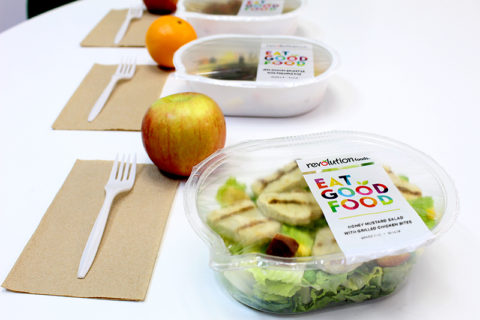
The first school that bought into their program was a charter school in Oakland that served kids k-12. Richmond says that they started by serving just the elementary school kids, but the school soon asked for them to provide meals for the upper school students as well. “Over the first few months of working with the school administration, we solidified our commitment to listening to student feedback and quickly integrated that feedback into our menu development.”
Making meals that are both healthy and tasty can be challenging, but through trial and error (even using Rickmond’s three picky kids as taste testers), they have found meals such as chili citrus drumstick and rice, classic spaghetti and meatballs, and chicken teriyaki with brown rice to be a big success. Richmond says that each of these meals aren’t only well-received by students, they each exceed the federal nutrition guidelines. “We are the only company on a national level to offer a clean label supply chain, including fresh local and regional produce, high quality proteins, and rBST-free dairy products from local dairies. All of our meals are free of artificial colors, flavors or sweeteners, and we never use high fructose corn syrup or trans fats in our foods.”
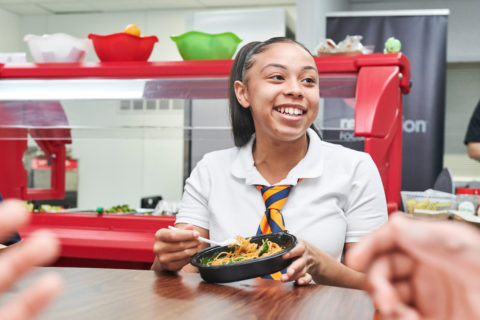
In addition to providing healthy meals for school cafeterias and community organizations like YMCA, Revolution Foods also works with best-in-class nonprofit partners, such as FoodCorps and Share Our Strength, to bring nutrition curriculum, cooking classes, gardening lessons and other educational events to students. “We believe that by equipping parents, teachers and students with valuable tools and resources to continue positive eating habits beyond the lunch line, we can help drive positive academic outcomes and citywide wellness,” says Richmond.
As of 2019, Revolution Foods designs, produces and delivers 2 million meals per week nationwide, including 225,000 meals each week to students throughout Greater New York and New Jersey. Plus, they continue their commitment to student feedback by surveying over 2,000 students every month to gauge their satisfaction with the meals they serve.
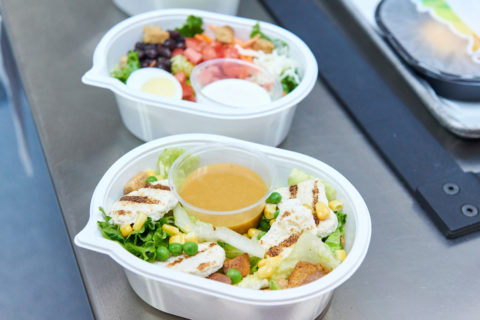
Richmond remembers the time students let them know that they made their quesadillas wrong. “We melted fresh cheddar cheese inside whole wheat tortillas and got calls from our school partners immediately after the lunch period, telling us that while the format was popular, we should never serve orange cheese in quesadillas! From that day forward, we sourced a traditional Mexican white cheese to fill our quesadillas. We now have regional chefs who work closely with students in each area we serve, to develop meals that reflect their culture and cuisine.”
I asked Richmond what the biggest obstacles were to getting more schools to implement their program. “For millions of Americans, particularly those in lower income communities, access to healthy foods remains a challenge. Many families rely on the National School Lunch Program (NSLP) and Child and Adult Care Food Program (CACFP) to nourish their children. While many administrators recognize the importance of good nutrition, standards vary from school to school. Recent government rollbacks on school nutrition guidelines allow a lower quality of meals, and so it’s up to individual schools to decide that they want their school cafeteria to operate at a higher standard.”
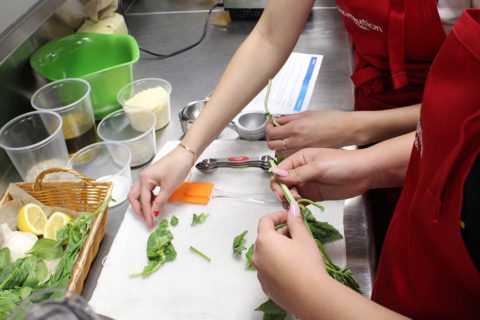
How can you, as a parent, get more involved in the choices your school administration makes when it comes to what is served in the cafeteria?
1) Encourage your child to share what he/she is eating at school so that you understand his/her likes and dislikes, as well as whether or not the meals are both nutritious and tasty.
2) Be proactive in sharing your child’s feedback with school officials so they understand what must be changed or improved to better the quality of nutrition and taste.
3) Connect with your school administrators to understand how school meals are currently operated (i.e. Does the school handle meals on its own, source from a third party for a portion, etc.?) – this will also help you determine potential areas for improvement.
4) Gauge the quality of school meals by asking questions and meeting the vendors during parent-teacher conferences and back to school nights.
5) Advise your school to become more involved in wellness and nutrition education by creating fun, educational courses or lessons so that students are able to learn about healthy foods and eating habits at an early age.
6) Present healthy meal providers such as Revolution Foods, as a key partner for creating nutritious and delicious meals, as well as a resource for teaching students about healthy foods daily.
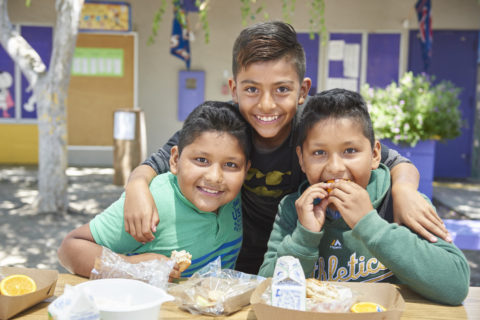
What has your experience been with the food served in your kid’s school cafeteria?

























i was finding websites of coupon and now i have found the best coupon website “couponingdeals”
For more information about coupon visit the website and find the best coupon and deals
http://couponingdeals.xyz